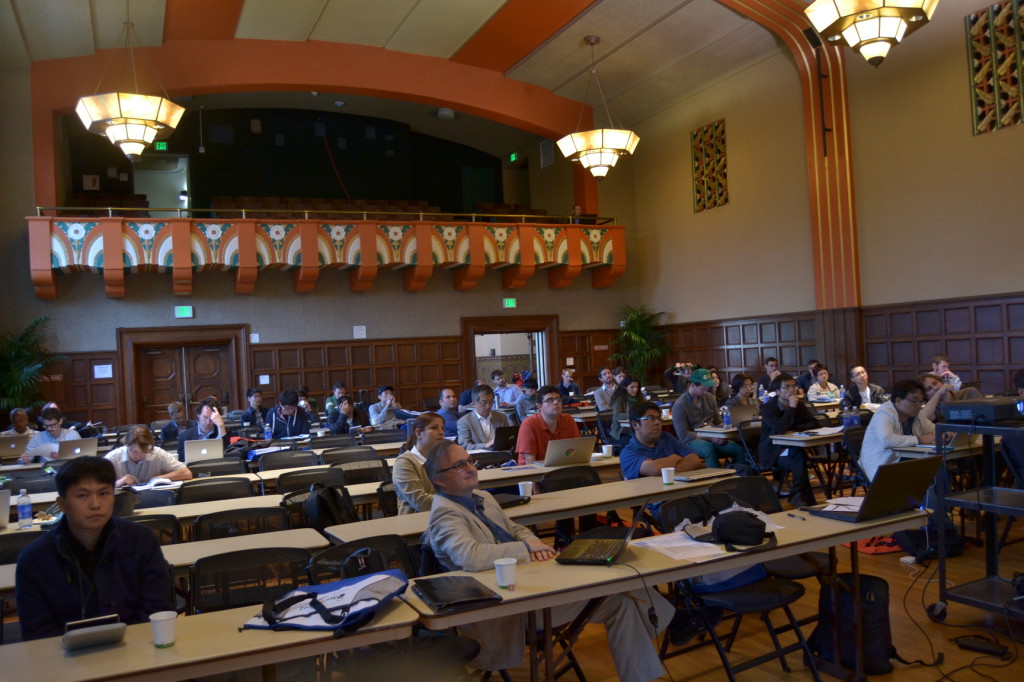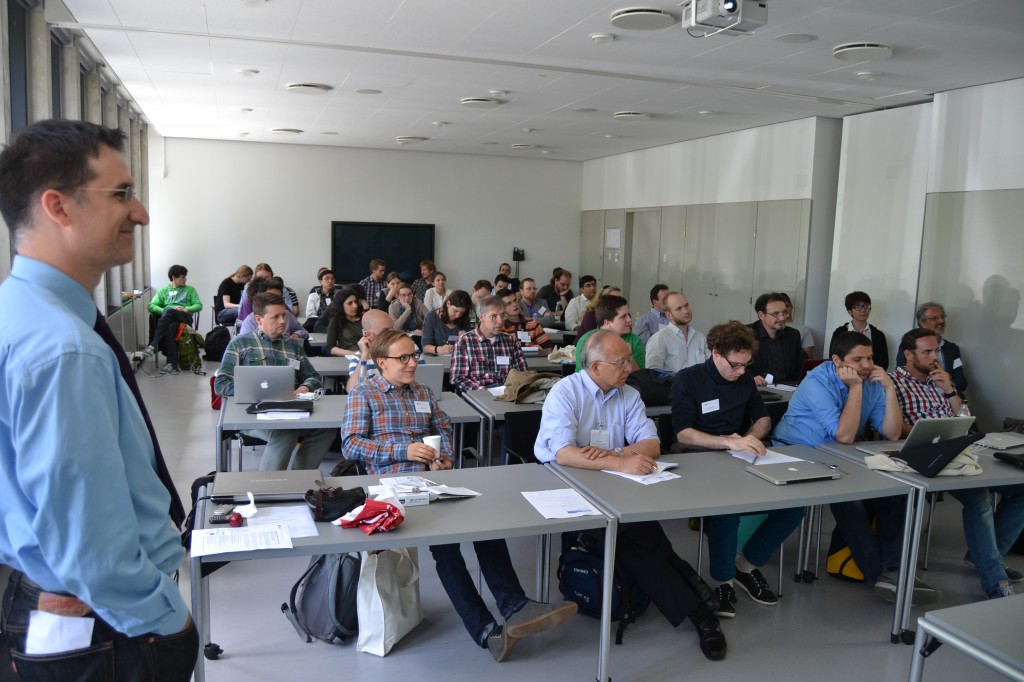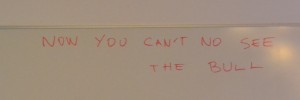Networks of Networks – NetSci 2015
The time has finally come! The NetSci conference—the place to be if you are interested in complex networks—is happening next week, from June 1st to June 5th. The venue is in Zaragoza, Spain. You can get all the information you need about the event from the official website. For the third year, I am co-organizing one of its satellite events: the Multiple Network Modeling, Analysis and Mining symposium, this year held jointly with Networks of Networks. The satellite will take place on June 2nd. As I previously said, unfortunately I am not going to be physically present in Span, and that makes me sad, because we have a phenomenal program this year.
We have four great invited speakers: Giovanni Sansavini, Rui Carvalho, Arunabha Sen and Katharina Zweig. It is a perfect mix between the infrastructure focus of the networks of networks crowd and the multidisciplinary approach of multiple networks. Sansavini works on reliability and risk engineering, while Carvalho focuses on characterizing and modeling networks in energy. Sen and Zweig provide their outstanding experience in the fields of computer networks and graph theory.
Among the contributed talks I am delighted to see that many interesting names from the network analysis crowd decided to send their work to be presented in our event. Among the highlights we have a contribution from the group of Mason Porter, who won last year’s Erdos Prize as one of the most outstanding young network scientists. I am also happy to see contributions from the group of Cellai and Gleeson, with whom I share not only an interest on multiplex networks, but also on internet memes. Contributions from groups lead by heavyweights like Schweitzer and Havlin are another sign of the attention that this event has captured.
I hope many of you will attend this seminar. You’ll be in good hands: Gregorio D’Agostino, Przemyslaw Kazienko and Antonio Scala will be much better hosts than I can ever be. I am copying here the full program of the event. Enjoy Spain!
NoN’15 Program
Session I
9.00 – 9.30 Speaker Set Up
9.30 – 9.45 Introduction: Welcome from the organizers, presentation of the program
9.45 – 10.15 Keynote I: Giovanni Sansavini. Systemic risk in critical infrastructures
10.15 – 10.35 Contributed I: Davide Cellai and Ginestra Bianconi. Multiplex networks with heterogeneous activities of the nodes
10.35 – 10.55 Contributed II: Mikko Kivela and Mason Porter. Isomorphisms in Multilayer Networks
10.55 – 11.30 Coffee Break
Session II
11.30 – 12.00 Keynote II: Rui Carvalho, Lubos Buzna, Richard Gibbens and Frank Kelly. Congestion control in charging of electric vehicles
12.00 – 12.20 Contributed III: Saray Shai, Dror Y. Kenett, Yoed N. Kenett, Miriam Faust, Simon Dobson and Shlomo Havlin. A critical tipping point in interconnected networks
12.20 – 12.40 Contributed IV: Adam Hackett, Davide Cellai, Sergio Gomez, Alex Arenas and James Gleeson. Bond percolation on multiplex networks
12.40 – 13.00 Contributed V: Marco Santarelli, Mario Beretta, Giorgio D’Urbano, Lorenzo Spina, Renato De Leone and Emilia Marchitto. Soccer and networks: changing the way of playing soccer through GPS, video analysis and social networks
13.00 – 14.30 Lunch
Session III
14.30 – 15.00 Keynote III: Arunabha Sen. Strategic Analysis and Design of Robust and Resilient Interdependent Power and Communication Networks with a New Model of Interdependency
15.00 – 15.20 Invited I: Alfonso Damiano,Univ. di Cagliari – Electric Market – Italy; Antonio Scala CNR-ICS, IMT, LIMS
15.20 – 15.40 Contributed VI: Rebekka Burkholz, Antonios Garas, Matt V Leduc, Ingo Scholtes and Frank Schweitzer. Cascades on Multiplexes with Threshold Feedback
15.40 – 16.00 Contributed VII: Soumajit Pramanik, Maximilien Danisch, Qinna Wang, Jean-Loup Guillaume and Bivas Mitra. Analyzing the Impact of Mentioning in Twitter
16.00 – 16.30 Coffee Break
Session IV
16.00 – 16.30 Keynote IV: Katharina Zweig. Science-theoretic musings on the analysis of networks (of networks)
16.50 – 17.10 Contributed IX: Borut Sluban, Jasmina Smailovic, Igor Mozetic and Stefano Battiston. Sentiment Leaning of Influential Communities in Social Networks
17.10 – 17.30 Invited II: one speaker from the CI2C project (confirmed, yet to be defined)
17.30 Planning Netonets Future Activities








